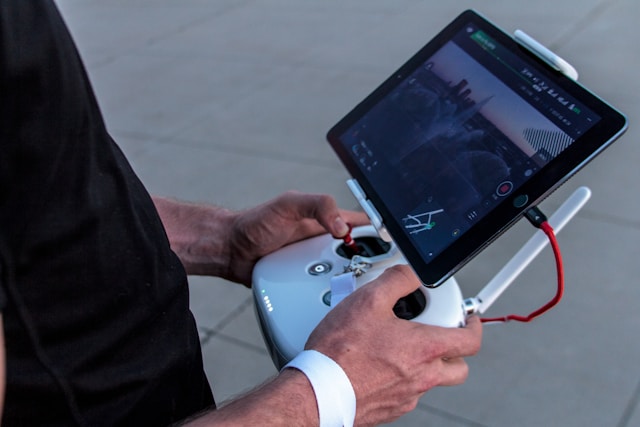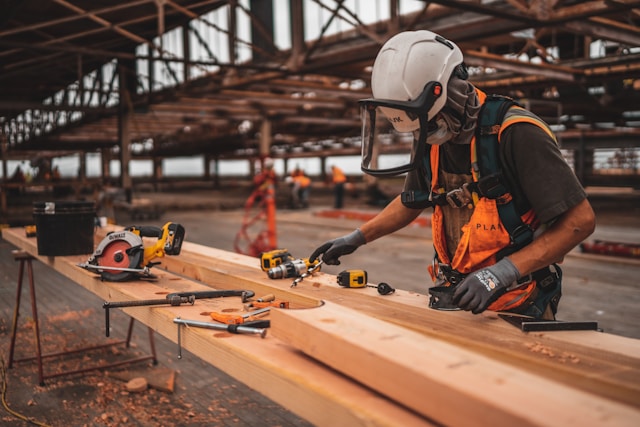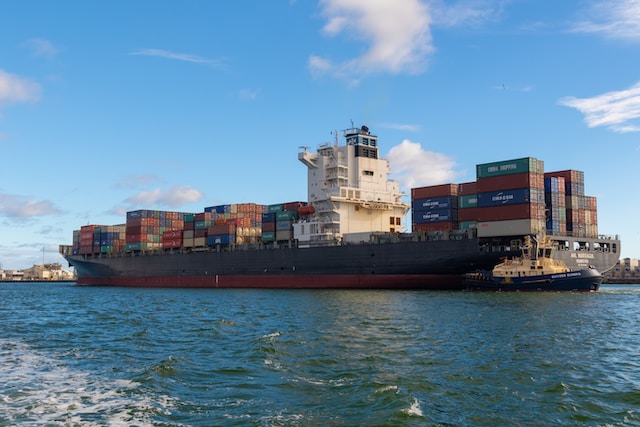The construction industry has traditionally been one of the most hazardous sectors. High risks, complex environments, and the involvement of heavy machinery are just a few factors contributing to the industry’s safety challenges. However, with the rapid evolution of technology, we are witnessing a monumental shift in how construction sites approach and prioritize safety. Advancements in technology have raised safety standards with real-time monitoring and predictive analysis. This post explores how technology enhances construction site safety and highlights promising solutions shaping the industry’s future.
Data Analytics: Providing Strategic Insights to Legal Professionals
In a construction site’s complex environment, comprehensive safety data is invaluable, and that’s where advanced data analytics come into play. By thoroughly analyzing injury reports, accident logs, and safety compliance records, Chicago construction site injury attorneys can derive strategic insights crucial in legal cases. This data serves as evidence and assists in understanding accident causality and potential breaches in safety protocols.
Accurate data analytics enable these dedicated professionals to advocate more effectively for injured workers, ensuring that justice is served and future safety standards are improved. These insights also contribute to developing better risk mitigation strategies, ultimately leading to safer construction sites. Armed with information and expertise, these attorneys are allies in fighting for workers’ rights and pursuing a safer construction industry.
Wearable Technology: The Digital Armor of Today’s Builders
Wearable technology has revolutionized personal protective equipment (PPE). Traditional PPE, like hard hats and safety glasses, now incorporate smart sensors to collect real-time data on workers’ health and safety. Smart helmets monitor temperature, heart rate, and oxygen levels to alert workers of potential hazards. Smart vests track location and movements to detect falls and provide immediate assistance.
Moreover, wearable technology has opened up new possibilities for safe communication and coordination on construction sites. Smart glasses with augmented reality (AR) capabilities can provide workers with real-time information and instructions while keeping their hands free. This improves workflow and reduces the risk of accidents caused by distractions.
Drones and Robotics: The Vigilant Surveillance from the Skies
Drones and robotics play a crucial role in construction by enhancing monitoring and inspection. With high-resolution cameras and sensors, drones quickly survey sites, identifying safety hazards. Robotics perform repetitive or high-risk tasks, reducing human exposure to danger.

This technology is crucial for post-incident analysis, offering detailed data to prevent future accidents. Drones and robots, operating non-stop, save time and maintain safety standards. These technologies transform construction sites into safer, more efficient environments.
Building Information Modeling (BIM): The Blueprint for Safety
Building Information Modeling (BIM) is crucial for construction site safety. It offers a dynamic 3D representation of a project throughout its life cycle. BIM allows architects, engineers, and contractors to identify potential safety issues in advance, enabling preventive measures during the planning phase. Safety managers can simulate emergencies and assess response strategies, enhancing preparedness and risk management.
Integrating BIM with virtual reality (VR) enhances safety training by providing immersive sessions, boosting worker awareness and comprehension. It also improves coordination among contractors, ensuring uniform adherence to safety protocols. BIM’s rich data environment promotes a proactive safety culture, reducing accidents and enhancing construction site safety.
Internet of Things (IoT): Sensors Everywhere for Every Concern
The Internet of Things (IoT) is a network of interconnected devices that collect and exchange data. In the construction industry, IoT has great potential to enhance safety by offering real-time monitoring and alerts for various conditions. Sensors can track environmental factors like temperature, humidity, air quality, and noise levels, ensuring worker well-being.
IoT can monitor equipment, detecting malfunctions before they occur. This preventive maintenance approach reduces accident risk and prolongs asset life, saving costs. Additionally, IoT tracks worker movements on-site, ensuring safety protocols and identifying areas for improvement.
Advancements in AI and Machine Learning: Predicting Hazards Before They Happen
Integrating AI and ML in construction site safety enables predictive analysis, revolutionizing risk management. By analyzing historical data and real-time information, these technologies can identify patterns and predict hazards in advance. This allows for proactive safety measures, reducing the likelihood of accidents.
Furthermore, AI-powered systems can assist in real-time decision-making, providing immediate recommendations and alerts to workers based on location and tasks. These systems can also track worker fatigue and stress levels, ensuring they are not pushed beyond their physical limits.
The interplay between technology and construction site safety is not just about the present but also about preparing for a future where safety standards are higher and more personalized. The journey is far from over, with continual advancements in artificial intelligence and the integration of existing technologies pointing to an even safer construction future. With the right tools, practices, and mindset, we can achieve a zero-accident workplace where technology and safety go hand in hand. Let us embrace this potential for change and work towards creating safer construction sites for all.







